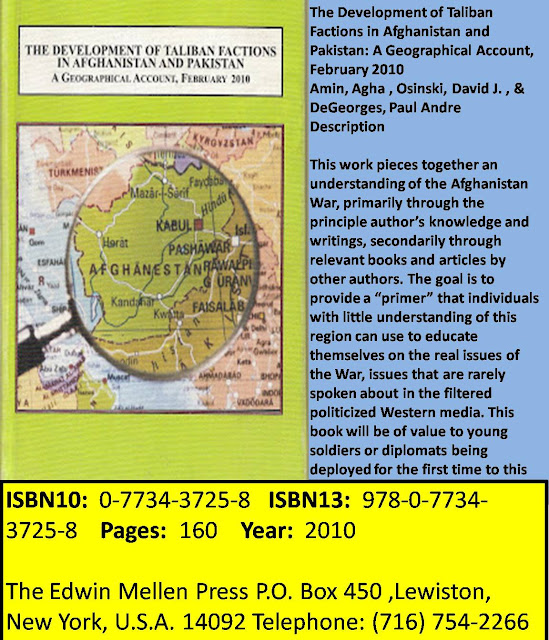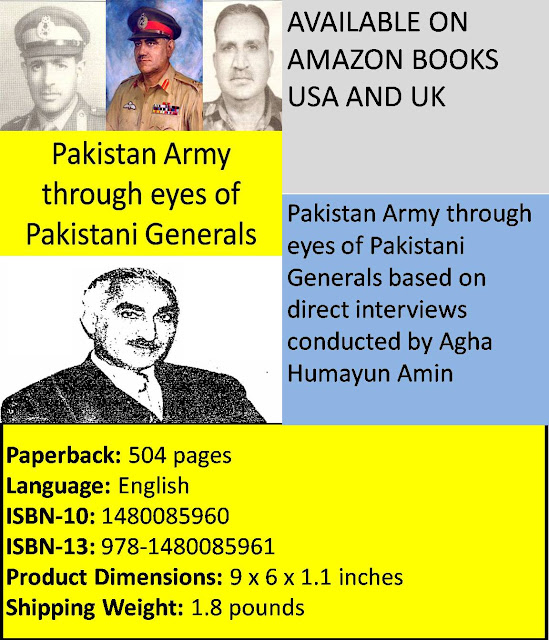"Now they were being kidnapped or sold by impoverished parents. A customs declaration from around 1790 establishes their worth at about 20 percent to 40 percent of a horse. The promise of a life of luxury and ease overcame parental scruples against delivering their children into concubinage. Many Circassian and Georgian families encouraged their daughters to enter that life willingly. They were immediately converted to Islam and began an arduous training in palace etiquette and Islamic culture." (From Harem by Alev Lytle Croutier).
Lucie Duff Gordon also reported it in her 1864 travel diary. While the earlier mothers of sultans were Greek or Serbian princesses married to the rulers, after the capital shifted to Constantinople , everyone was a member of the harem under valide sultana's control, with those giving birth to children, especially boys, jumping up in the harem hierarchy.
Many of the mother sultanas were Circassians and Georgians, one even French, Aimee de Rivery. They exercised great influence over their sons, now the sultan. The harem politics also became a reason for the decline of the empire. The word odalisque literally "woman in the room", comes from oda (room). But harem life was embellished by feverish European imagination, whose rulers were no less sensual, but lacked wealth and culture at that time.
In friendly arguments with Turkish friends, mostly diplomats, I would tease them, "What do you mean you are a Turk. You don't even look like a Turk. They are chinky-eyed and have little hair on their face. Of course you speak good Turkish, as you have been practicing it for 500 years." This devastating repartee usually ended the argument. Most would smile and happily admit that his grand uncle or grandmother came from Circassia or Bosnia . During the days of the empire, the elite called itself the Ottomans. The word Turk was reserved for the village yokel and a term of contempt. It was Kemal Ataturk who bestowed dignity on the word Turk."
The black eunuchs and the Ottoman dynasty
The closeness of the eunuchs to the members of the Ottoman dynasty put them in a position of considerable power since they had the ear of the sultan and valide sultan and controlled the information flows

Castration had been used in Chinafor centuries and elsewhere including Byzantium to provide trusted servants for ruling dynasties. It was thought that eunuchs were more trustworthy than non-eunuchs since they almost always had no families and certainly no heirs whom they might favor. No one knows when the Ottoman Turks began using eunuchs, although one could surmise it was after they entered the Balkan region in the 15th century. These first eunuchs would likely have been white Christians and the castration would have been done by Christians because it is forbidden for Muslims to do it to other Muslims. Or they may have been purchased outright from slave traders. Certainly the leading eunuchs in the palace service were predominately white until 1582 in the reign of Sultan Murad III (r. 1574–95) when a key position was granted to a negro for the first time. The white eunuchs continued to lose ground. In the memoirs of Ignatius Mouradgea d'Ohsson, who lived in Istanbul at the end of the 18th century, he notes that there were only 80 white eunuchs employed as compared with about 200 for the blacks.
First the eunuch had to learn Turkish and the peculiar adaptation of it that the palace eunuchs developed over the centuries because castration affected their vocal cords. He had to learn the Qur'an, law, ethics and etiquette. Usually this wasn't learned inside the palace itself but in the household of some prominent official. Later on the boys that showed the greatest promise would be taken into the palace's harem service.
Punishment by beating
H.A.R. Gibb and Harold Bowen in their authoritative two-volume work, Islamic Society and the West, note that the black eunuch on arrival would be introduced to the Kızlar Agası at that time before being entered on the rolls. He then was taken to kiss the hand of the man who would be his supervisor as part of a specific barracks in which he would be housed. He would serve the eunuchs of the next rank above him and serve on guard duty during the hours of ablution (abdest – ritual purification before attending mosque prayer service). In his remaining time he would be required to learn the principles of his barracks.
 The eunuch would then be promoted to the next highest rank when another one joined his barrack. This initial promotion was based on seniority whenever a vacancy occurred among the eunuchs known as nöbet kalfası. These occasionally served as guards when the sultan and his women would visit one of the garden pavilions around Topkapı Palace. Their special charge was to guard the doors to the imperial harem during the day. The Kızlar Aga would give the keys to the doors to them early in the morning and get them back at night. "There were four of these doors, two of iron and two of bronze, one behind the other in the single passage by which the Harem might be entered."
The eunuch would then be promoted to the next highest rank when another one joined his barrack. This initial promotion was based on seniority whenever a vacancy occurred among the eunuchs known as nöbet kalfası. These occasionally served as guards when the sultan and his women would visit one of the garden pavilions around Topkapı Palace. Their special charge was to guard the doors to the imperial harem during the day. The Kızlar Aga would give the keys to the doors to them early in the morning and get them back at night. "There were four of these doors, two of iron and two of bronze, one behind the other in the single passage by which the Harem might be entered." The very top ranks of eunuchs such as those that looked after the valide sultan and the sultan's concubines were reached by seniority; several of the very top ranks were conferred by favor although the two might coincide. A similar hierarchy occurred among the eunuchs who belonged to the households of the prince and princesses. The higher ranking eunuchs had their own apartment and staffs.
Where eunuchs did not fulfill their duties, punishment was by beating. In the higher ranks, the eunuch might just be told off but for serious offenses he might be exiled to Egypt, Lemnos or Cyprus. Only in the case of Beshir Aga do we hear that the eunuch was executed.
Considerable power
The closeness of the eunuchs to the members of the Ottoman dynasty put them in a position of considerable power since they had the ear of the sultan and valide sultan and controlled the information flow. Not only did they control the privy purse and the treasury, the top eunuch, the Kızlar Aga, was in charge of supervising nearly all mosque foundations including those that were private and it is estimated numbered around 500 in the eighteenth century. Among these foundations were the two holy cities of Islam, Mecca and Medina. The Kizlar Aga technically received a small amount of money for the work he did for each of the foundations; however, it was also extremely profitable.
We know from D'Ohosson also that the Mevlid Kandili (the night commemorating the birth of the Prophet Mohammed) was special for the Kızlar Aga who would come with special pomp to Sultanahmet Mosque. He write, "This is the one day of the year on which he [the Kızlar Aga] is permitted to appear with great display, for at other times he leaves the Palace only in the train of the Sultan on occasions when the latter goes publicly to the mosque. He takes precedence in this festival in his capacity of Inspector General of the sacred funds of the two cities of Arabia. On this day he leaves the Palace half an hour before the Sultan, and goes to the mosque with a numerous retinue… "
Only Beshir Aga seems to have overstepped the bounds. Prof. Nurhan Atasoy in her book, Harem, writes "Beshir Aga, who served as Chief Black Eunuch in the time of Sultan Mahmud I (r. 1730-54), has gone down in history as one of the most powerful of all the black eunuchs. In the end, however, Besir Aga, who went so far beyond his duties as to have a hand in all varieties of official appointments, as well as the dismissal of grand viziers, was beheaded."
Turnover at the top position might come quickly. Whenever there was a new sultan, the previous sultan's Kızlar Aga would be pensioned off to Egypt where they could establish themselves quite credibly because of their connections with the Ottoman imperial family. Slave trading was banned in the Ottoman Empire under Sultan Abdulaziz (r. 1861-76) so no new black eunuchs were introduced into the palace. However, those that were still in service remained so until the empire itself was officially abolished.
The Development of Taliban Factions in Afghanistan and Pakistan: A Geographical Account, February 2010
Amin, Agha , Osinski, David J. , & DeGeorges, Paul Andre
http://mellenpress.com/mellenpress.cfm?bookid=8028&pc=9
BOOKS ON PAKISTAN REVIEWED-AMAZON UK
Browse our Bookshelf Favorites store for big savings on popular fiction, nonfiction, children's books, and more. |
Book Description
Product Details
|
Military Leadership
Taliban war in Afghanistan
Atlas and History of Wars

THE ESSENTIAL CLAUSEWITZ
USA,ISI,AL QAEDA and TALIBAN-Setting Straight Bruce Riedels Strategic Narrative
1971 War
Mans Role in History
How a private English Company conquered a sub continent
Atlas of a great tank battle
Atlas of a bloody Indian Pakistan battle
A forgotten and Bloody British Failure
The Pakistani Tank Divisions Failure in 1965
Second World Wars Forgotten History
How Indian Army saved France and Suez Canal
Sepoy Rebellion of 1857-59 Reinterpreted
Pakistan Army through eyes of Pakistani Generals




















